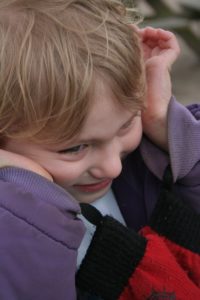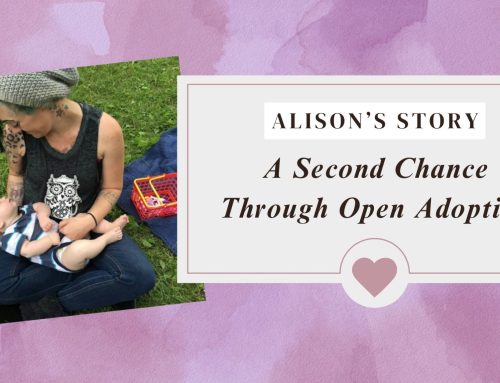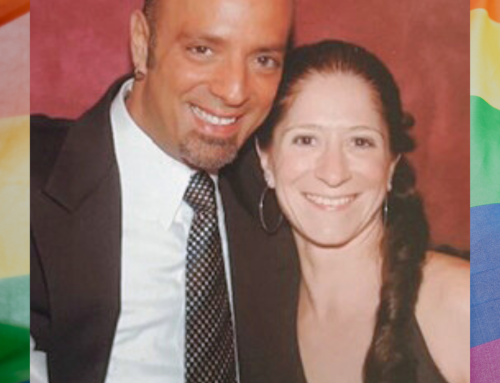 The Autism Society held the first National Autism Awareness month in April 1970. The purpose of National Autism Awareness month is to educate others about autism spectrum disorders.
The Autism Society held the first National Autism Awareness month in April 1970. The purpose of National Autism Awareness month is to educate others about autism spectrum disorders.
During the 70s and 80s 1 out of every 2,000 children were diagnosed with autism. Today the CDC reports that 1 in every 59 children are somewhere on the Autism Spectrum Disorder (ASD). The increasing ASD diagnosis rates in children inspired the United Nations General Assembly to establish the first World Adoption Awareness Day on April 2, 2007. The second day in April has become the official kick start to fundraisers and events held throughout the month.
Thanks to National Autism Awareness month, more parents and educators are aware of the symptoms of children who fall under the autism spectrum disorder. It is highly important to note that not all children who are diagnosed on the spectrum share ALL the symptoms associated with the disorder. In fact there are some children who display a few behaviors and signs of ASD but are not on the spectrum. However, if a child displays any symptoms of autism it is important to address this right away with a pediatrician.
Here are some of the signs of autism to look out for as your child ages:
Six Months:
-Few or no big smiles or signs of joyful and engaging emotions.
-Limited eye contact/ no eye contact at all.
Nine Months:
-None or very little back-and-forth sharing of sounds, smiles and other facial expressions.
12 Months:
-Little or no babbling.
-Limited gestures of pointing, showing, reaching or waving.
-Does not respond or acknowledge others who call them by their name.
16 Months:
-Limited vocabulary.
24 Months:
-Communicates with very few meaningful two-word phrases (not including imitating what others say).
At Any Age:
-Loss of previously acquired speech, babbling or social skills.
-Limited eye contact.
-Preference for being alone and avoiding any type of social interaction.
-Difficulty relating to other peoples feelings.
-Delayed speech development.
-Repeats words or phrases (echolalia).
-Does not cope well with transition or change in their daily routine/ surroundings.
-Restricted interest.
-Repetitive behaviors (flapping, rocking, spinning, etc.)
-Unusual and intense reactions to certain sounds, smells, tastes and textures.

Resources:
Autism Speaks is an organization leading the way in ASD awareness and scientific research. On AutismSpeaks.org , the organization provides viewers with a vast amount of current statistics, facts and information on support services available for families. On their website there is a test available for parents called M-CHAT-R (Modified Checklist for Autism in Toddlers, Revised).
The M-CHAT-R consists of 20 questions inquiring about certain behaviors common among toddlers on the spectrum. The results of the M-CHAT-R will help parents get an idea if their child needs to be evaluated by a medical professional. This screening test is just a start in evaluating your child to see if they may or may not be on the spectrum. Regardless of the test results, if you still suspect your child is autistic never be afraid to contact your pediatrician to get an official diagnosis. Addressing an ASD diagnosis early, means the earlier the child will receive the services he/she needs to thrive academically and socially.





